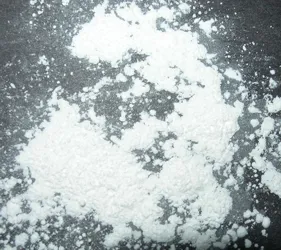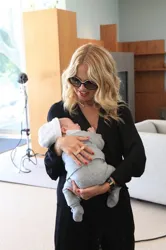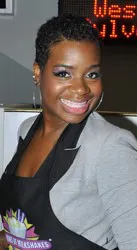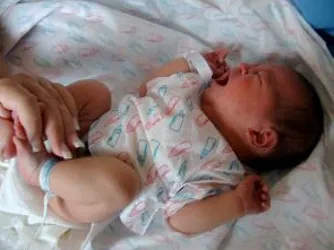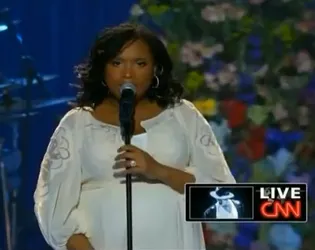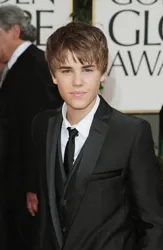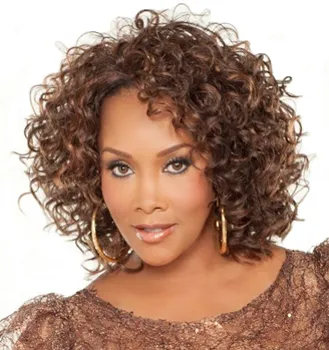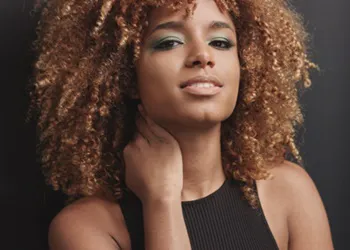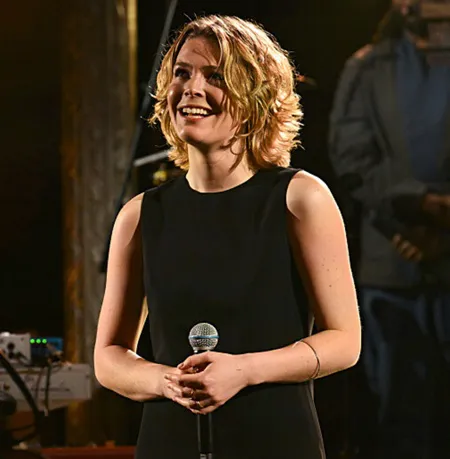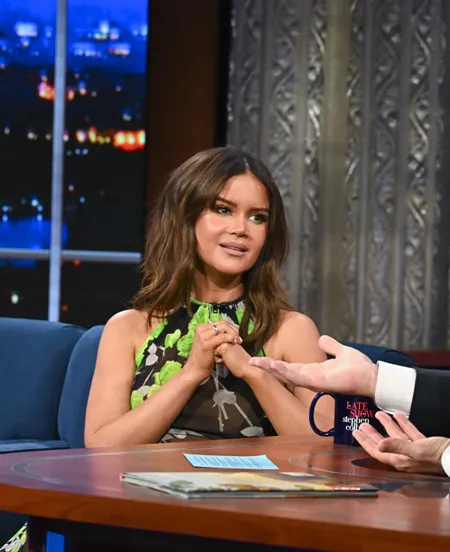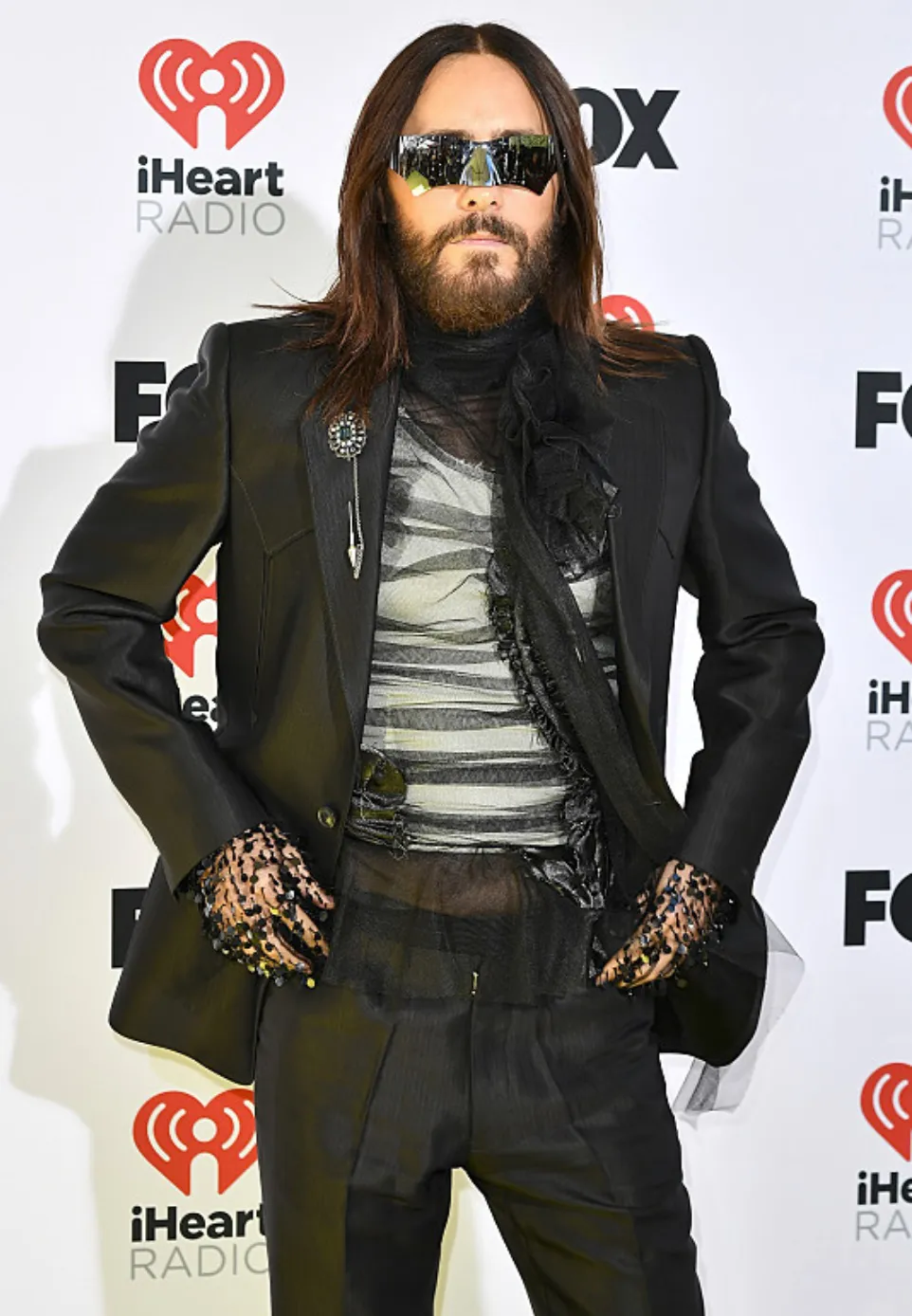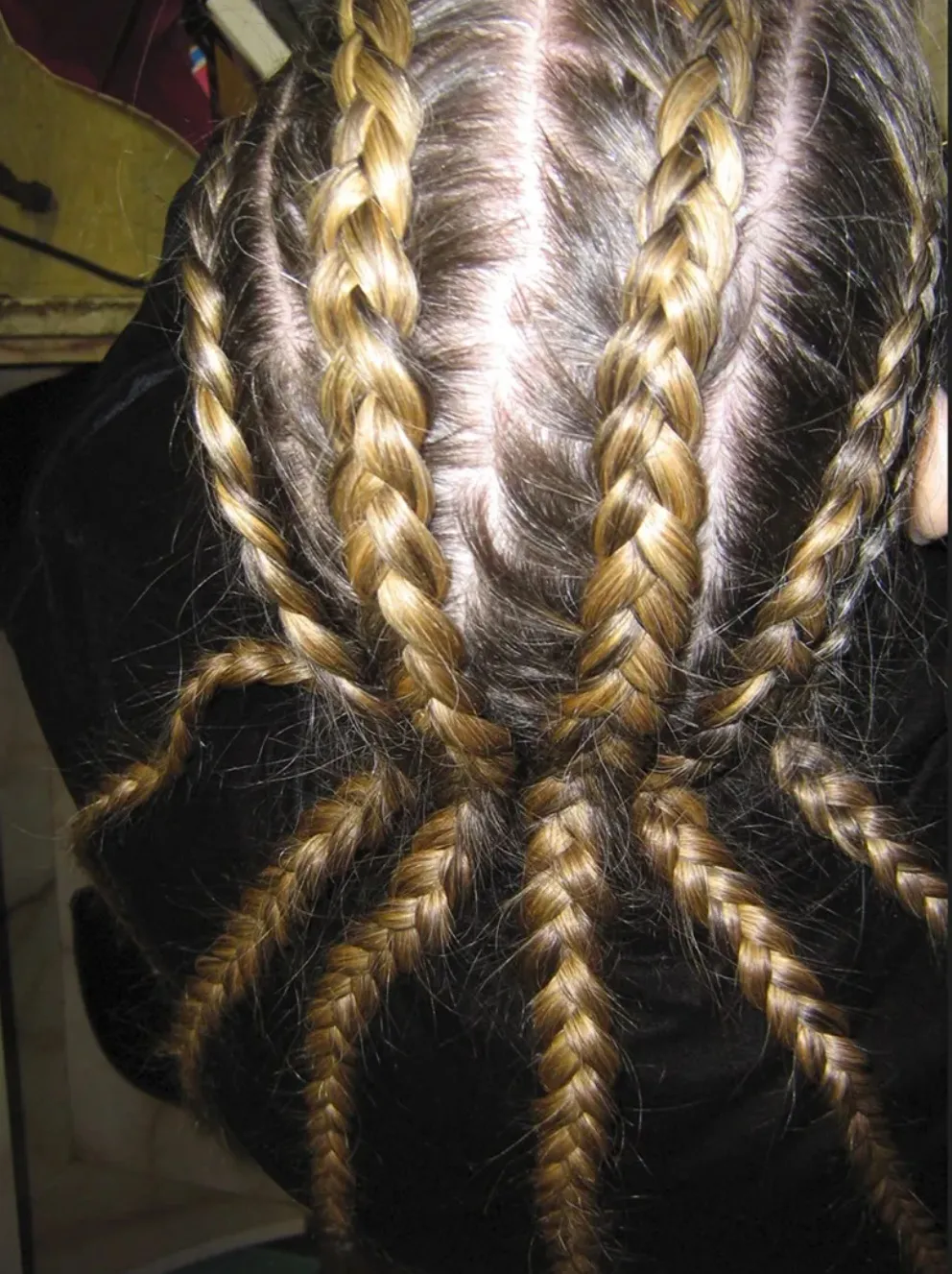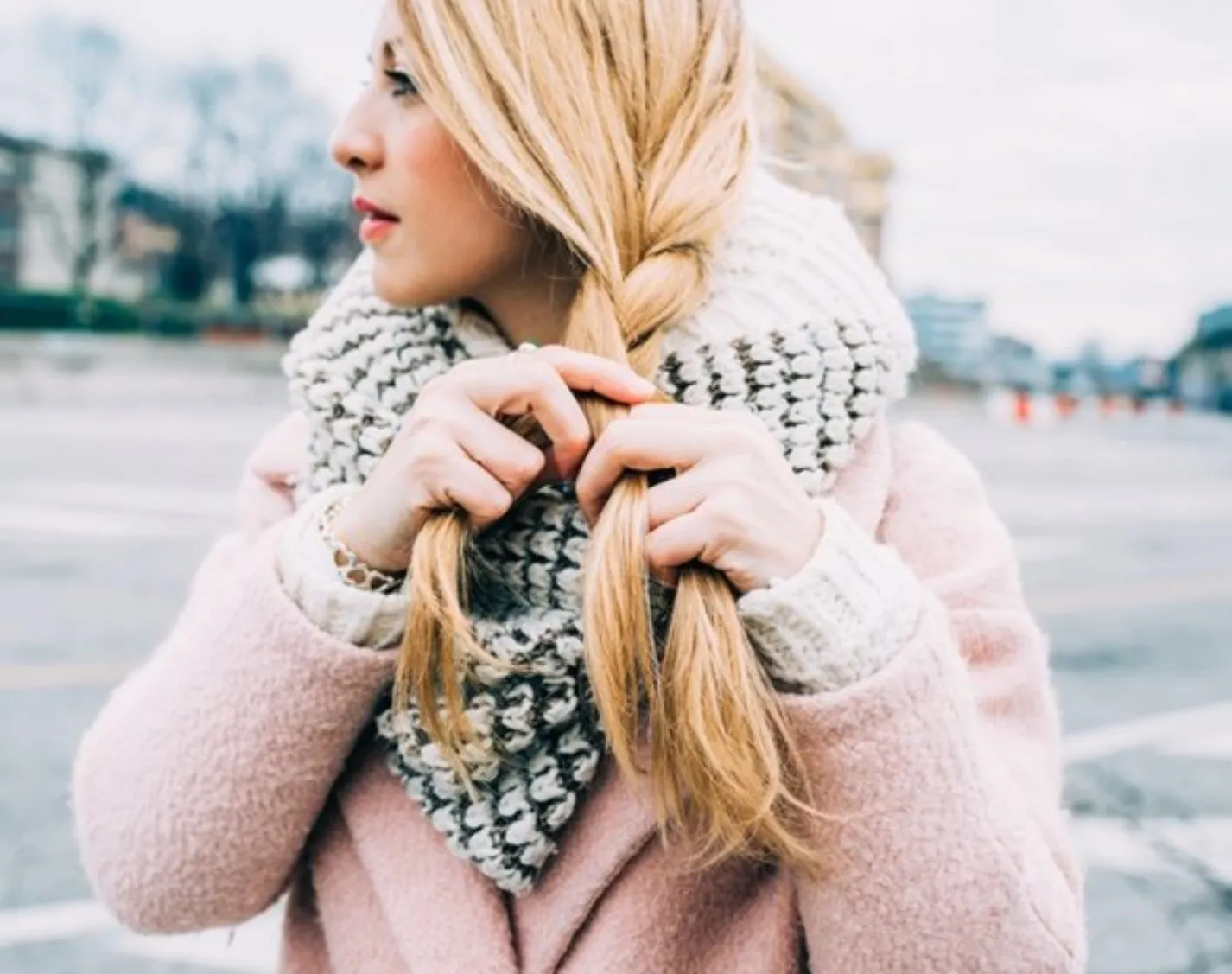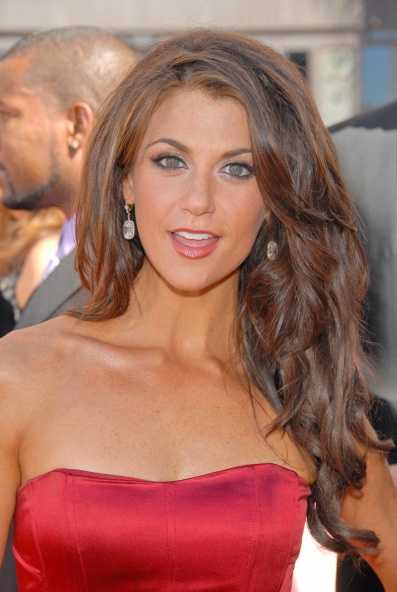
Baby Hair Care
IntroductionRecently I got several emails from new moms asking me some questions about how to care for the hair of babies and younger children. The questions included everything from the best way to shampoo a baby's hair to how to deal with hair care problems like cradle cap. This article addresses many of the most common questions about hair care for babies and young children. Fetus - Infant StageBy the 6th month in the womb it is generally accepted by the medical and scientific community that all the hair follicles and related oil glands are formed on the growing fetus. It is very common for the fetus to have a very fine growth of hair on their heads. This growth has been spotted on sonograms taken at this point in the pregnancy. Sometimes at this point in development hair will also be present on the shoulders and back as well. This is nothing to worry about. It is important to note that the fetus hair is often a different color than the color the hair will be later in life. Downy Hair Covering At Birth Although some babies are born totally bald, most babies are born with a soft, downy head of hair that is frequently light in color. The down is very soft, almost like what you see on baby ducks. This newborn fuzz will usually only lasts for the first three or four months after birth. The fuzzy newborn hair gradually falls out (for reasons that are generally unknown) and new hair grows in. The new hair is generally much fuller than the newborn hair and tends to grow in a set pattern. Usually the hair that replaces the down is more along the lines of the texture and the eventual color that the baby - child will eventually have although not guaranteed. This is important to note because many people/parents are alarmed at the downy appearance of the hair. It does shed and it does change. Because babies go through the first year of their life with little or no hair, they obviously do not require much hair care. Yes it is true that sometimes babies are born with no hair at all. This is not all that uncommon so if your baby has no hair, don't panic.
The Myth Of Baby Head ShavingA common myth is that is you shave your baby's head to remove the down that the baby's hair will grow in a lot thicker or even a different texture. This is a myth with absolutely no scientific proof. Absolutely false. The reason that this all started was because when people do get their hair cut it just appears to be thicker. In reality, it is not. It just appears that way. This has been a pervading myth for a long time and has been debunked over and over. While cutting hair removes dead or split ends and allows the hair to look healthier and less scraggly, it does not help it grow faster and/or thicker. Baby Hair Care - Slow, Easy & Gentle The care of baby hair is relatively simple. Depending on how much hair they have, babies may only require shampooing or an irregular basis. Shampooing can be done on an "as needed basis" and does not have to be done every day. The key thing to remember when caring for the hair of a newborn is to be very gentle. Avoid putting pressure on the soft spot on the top of the baby's head. Most babies and even some children up to the age of 4 or 5 is sensitive to any kind of pressure on their scalp. When washing the hair and the scalp of a baby or young child, be sure to go very slow and easy. Make sure that there are no tangles in the hair before washing it. Avoid Unnecessary TanglingThe care of baby hair is relatively simple. Babies generally only require a regular shampooing. This can be done on an "as needed basis" and does not have to be done every day. Make sure that the hair is kept neatly trimmed to keep it out of the baby's or young child's eyes and ears and to prevent any unnecessary tangling. You can either trim the baby's hair at home yourself or have a professional trim it. Most people opt to trim a baby's hair themselves the first year or so. Pros & Cons of Baby ShampoosA lot of baby doctors recommend the use of a special baby shampoo during the first years of an infant's life. Baby shampoos generally don't contain the sulfates that are used in most adult hair care products. One relatively unknown danger from traditional baby shampoo is the pH balance. While baby shampoos formulated specifically for babies are less prone to stinging if they get into the eyes, when they contain a high pH (which many do), they may cause unnecessary tangling of the baby's hair. Whether you use a special baby shampoo or some other type of mild shampoo, it is important that they contain a balanced pH. This means a pH factor that falls in the 4.5 - 6 range. Many shampoos will list the pH on the bottle. If you are in doubt, you can use Nitrazine paper (available at any drugstore) to test the actual pH levels. As babies get older they may have a tendency to experience hair damage from hair tangling. Strong shampoos with a high pH (7.0 or over) is more likely to cause hair tangling in babies and younger children. Shampoo Lines Designed For Babies
Both product lines include low-lather combo shampoos and baby washes, talc-free powders, super enriched infant lotions and no-glop diaper balms. The Origins line contains a special aromatherapy while the line from Brown has a built-in newborn aroma. The Origins line is available at any Origins store or any retail chain that carries the Origins product line. Brown designed the line after the birth of her third child. Prices range from $8 to $23 depending on the item selected. Brown's products can be purchased at most Neiman Marcus Stores or you can email Bobbi for a location near you from the AskBobbi form on her website. The Recline Method Of Shampooing Used By ProsFrom infancy until the age of four to six it is best to use the recline method of shampooing. The recline method can be accomplished a number of ways. For a baby, it is usually best to wash their hair while giving them their baths. For older children you may wish to wash their hair in the sink. Arrange the child or baby so that they are on their back with their head facing the ceiling. This can be accomplished at home by using a high chair or stool in front of a sink. You can also cradle a baby or child in your arms in the bathtub. The recline method is used at professional salons and at barber shops and guarantees against shampoo making its way to the baby or child's eyes. Be sure to use warm, not hot, water. If you wash a child's hair in the sink, be sure to drape a towel around the child's neck to protect against suds and water. Making Shampooing SpecialMany babies and young children hate to have their hair washed. It is important to teach children at a very early age the importance of hair and scalp cleanliness. This can be accomplished easily by making the shampooing a special ritual that becomes a special treat for the child. If you teach your baby or child that having their hair washed is an enjoyable treat or special time with mom or dad, it will easily instill in them the value of good hair care for the rest of their lives. Cradle CapSome babies, in the very first few months of life, may experience a general scaliness and redness around the scalp area. The scales may be oily and yellow in color. It may also appear as red or slightly pinkish crusted patches. This condition is known as "cradle cap" and is pretty common in brand new babies. If the redness and scaliness also occurs on the baby's face, behind the ears, on the forehead or eyebrows and/or in the diaper area, the condition is labeled as seborrheic dermatitis. For most babies, cradle cap will heal by itself within a few months without any special treatments. Most experts believe that cradle cap does not cause any itching or discomfort to a baby. Treatment for Cradle CapCradle cap can usually be helped by shampooing the baby's hair with a mild type of baby shampoo (perhaps more frequently than usual) and brushing with a very soft bristle brush to loosen the scales. You can also use a fine-toothed comb to remove the scales. A mild soap should be used to wash any other body areas that are affected besides the hair and scalp. If the cradle cap symptoms also occur on the face and/or in the diaper area make sure a pediatrician is consulted. It is important to contact your pediatrician before using a medicated shampoo or cortisone creams. In some cases the doctor may prescribe an ointment containing hydrocortisone to reduce inflammation for this condition and may also recommend use of a stronger antiseborrhic shampoo. If the condition worsen of lasts longer than three weeks be sure to contact your baby's doctor. Baby Hair Often Darkens With AgeAs a baby becomes a child, their hair will often change color. It is common for children who had very light colored hair as a newborn or young baby to have darker hair as they get older. No one really knows why this happens, but it is believed to be related to the pigment of the hair. It is believed that as the pigment cells gradually mature they produce more pigment in the child's hair, making it darker. Light hair is basically hair that has an absence of pigment. A lot of people will tell you that as babies they were blondes but that their hair turned darker as they got older. This is happens commonly. Beginning Of Hairstyle PreferencesAs children get older they start to have very definite opinions of how they want to wear their hair. This hairstyle preference will surface in childhood and continue throughout life. Hairstyle preference that starts to surface in early childhood will continue throughout the teen years and into adulthood. Many a growing child will argue with their parents over how they want to wear their hair to school. At this stage of development the hair becomes a major identity factor. As children start to take an interest in their own hair and how they style it, this is the time to encourage them to follow an entire regime of good hair hygiene practices. It is important to show a child (when they are willing), how to properly shampoo and rinse their own hair. It is also good to teach them about towel blotting, detangling, combing and brushing their hair. Help them build a good hair hygiene schedule so that they learn the importance of keeping their hair clean and neat. It is always a good idea to consider purchasing some "hair friendly" clips and hair ties to help a child keep their hair off their face, and less likely to tangle or get matted. It is best to stay away from any hairclips with sharp teeth, because they can cut into the hair and cause potential hair damage. Giving your child high quality combs and brushes and teaching them the proper way to care for their hair can instill good grooming habits that will come in handy. SummaryMany babies may start out life with either no hair or just a light fuzz that covers the scalp. This is usually a temporary thing. The main thing to remember when caring for the hair and scalp of a new baby is to be very gentle and go slow and easy. Avoid any pressure to the scalp and make sure that whatever hair the baby does have remains tangle free. Teaching a baby or young child that getting a shampoo is a special treat will help form positive hair care patterns that can last a lifetime. |
| If you want to talk more about this or other hair care articles on HairBoutique.com or anywhere else, please post a message on HairBoutique.com's Hair Talk Forums.
|
Social Media Network Information
Please follow us on Twitter at: https://Twitter.com/HairBoutique. I look forward to meeting new people from all walks of Twitter and learning from their Tweets.


 Two special hair care lines have been introduced by Origins and Bobbi Brown that are specifically designed for babies and young children.
Two special hair care lines have been introduced by Origins and Bobbi Brown that are specifically designed for babies and young children. 